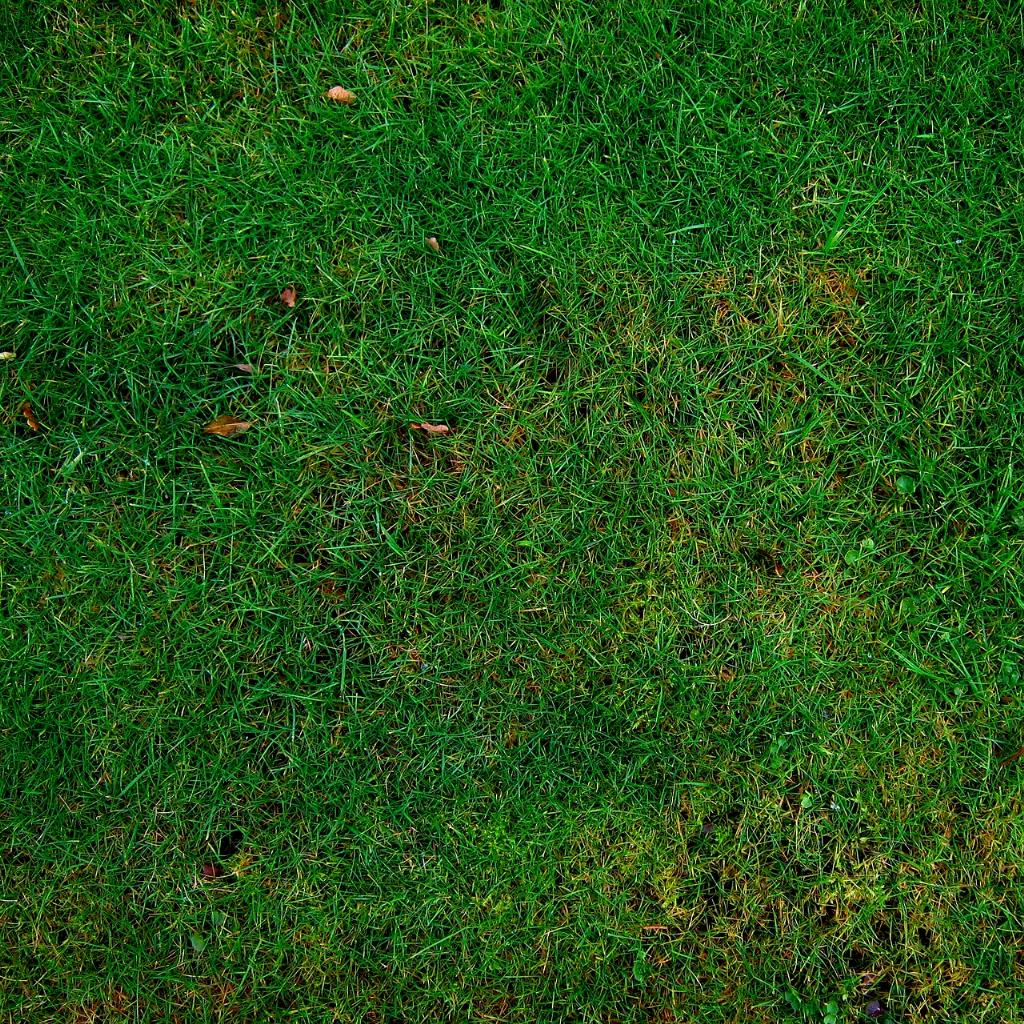Clay soil is notorious for causing challenges in maintaining a lush and healthy lawn. Its dense nature leads to poor drainage, compaction, and difficulty for roots to penetrate and access nutrients. Resolving these issues is crucial to ensure your lawn thrives.
Assessing the Soil
Before diving into solutions, it’s essential to understand the current state of your soil. Perform a soil test to determine its pH level, nutrient content, and composition. This analysis will guide you in making informed decisions on how to amend the clay soil effectively.
Aerating the Lawn
Aeration is a fundamental step in improving clay soil. By perforating the soil with small holes, you enhance air circulation, water penetration, and root growth. Consider aerating your lawn annually, especially in compacted clay soils.
Amending with Organic Matter
Adding organic matter such as compost, manure, or peat moss is crucial for enhancing clay soil. This amendment improves soil structure, increases microbial activity, and provides essential nutrients for your lawn. Spread a layer of organic matter and gently rake it into the soil.
Utilizing Gypsum
Gypsum, a calcium sulfate compound, can be beneficial in reducing clay soil compaction. Apply gypsum to your lawn following the manufacturer’s instructions. Over time, gypsum helps break down clay particles and improves soil drainage.
Choosing the Right Grass Varieties
When dealing with clay soil, selecting grass varieties that thrive in such conditions is essential. Opt for grass species like Tall Fescue, Kentucky Bluegrass, or Fine Fescue, known for their tolerance to compacted soils.
Proper Watering Techniques
Watering your lawn correctly is critical for clay soil health. Avoid frequent shallow watering, as this can lead to surface runoff and compaction. Instead, water deeply but infrequently to encourage deep root growth and prevent waterlogging.
Maintaining a Mowing Routine
Regular mowing not only keeps your lawn looking tidy but also promotes healthier grass growth. Adjust your mower blade to the appropriate height for your grass type, ensuring you don’t cut more than one-third of the grass blade length at once.
Implementing Topdressing Techniques
Topdressing your lawn with a thin layer of compost or sand can aid in improving clay soil structure. This practice helps level the surface, enhance soil aeration, and introduce beneficial microorganisms to the soil.
Controlling Soil Erosion
Clay soil is susceptible to erosion, especially during heavy rainfall or watering. To prevent soil loss, consider installing erosion control measures like retaining walls, mulching, or terracing in sloped areas of your lawn.
Regular Maintenance and Observation
Consistent lawn care practices, such as fertilizing, weeding, and pest control, are essential for the long-term health of your grass in clay soil. Keep a close eye on your lawn’s progress and make adjustments as needed to ensure its vitality.
Seeking Professional Help
If you find managing clay soil challenging or require expert advice, don’t hesitate to consult with a lawn care professional. They can offer tailored solutions, recommendations, and ongoing support to help you achieve a thriving lawn in spite of challenging soil conditions.

